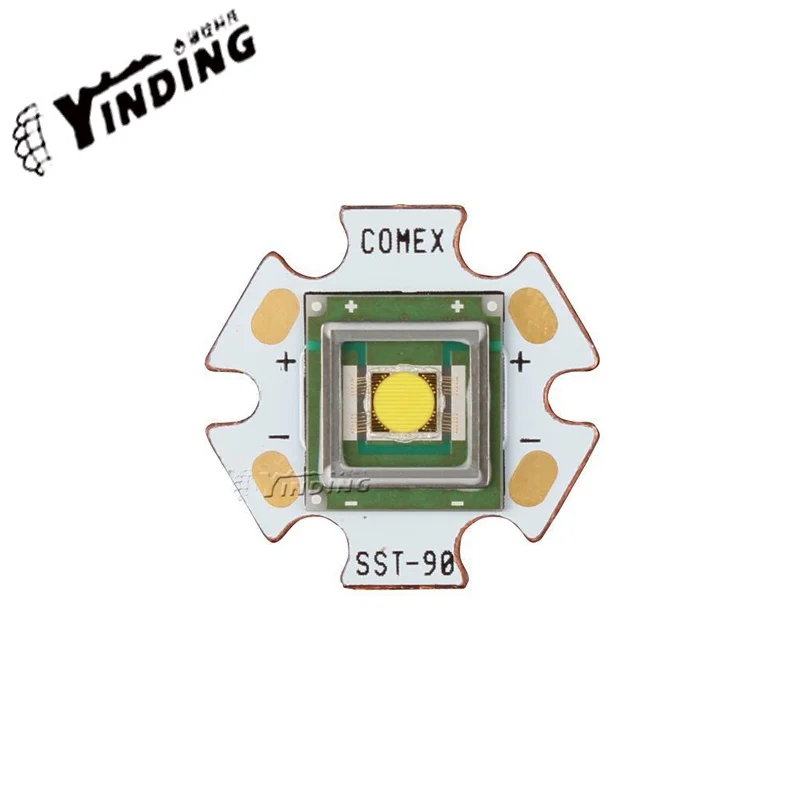How to make a square LED into a circle (round spot beam!)
This is an idea I’ve had for a while but just never got around to trying it out.
The concept is simple, mask the square LED die with a thin material with a hole in it to make a clean circular spot instead of a square (for aspheric throwers)
Step 1: get some aluminum foil and cut out a square. It’s ok if the square is big, we can trim it down later.

Step 2: find some hard material to sandwich on either side of the foil. I used cardboard but something like thin aluminum or wood or acrylic will work better. We want it to not be squishy or flexible.

Step 3: drill through the materials with a 1mm diameter drill bit (or other size, I chose 1mm because the LED I used is a white flat with a 1mm x 1mm die. This way I get a perfect circle but with minimal lumen loss.

Step 4: remove the foil, if there are burrs then press it down against a flat surface to flatten it and then manually spin the drill bit through the hole to shave any excess burrs off.

Step 5: Put the foil on the LED die and center it such that you can only see the yellow of the die. A small flashlight and a magnifying glass can help with this.

Step 6: Glue it on with some epoxy or other temperature resistant glue (some LEDs can get up to 100+ C)


Now you have an LED that produces a round spot!
.
.
.
Notes / observations:
-foil is very flimsy and hard to work with because it is so thin and because it is aluminum. I would recommend using a steel shim between 0.001” and 0.005” instead for added rigidity and makes it easier to drill a perfect circle with no burrs.
(I have ordered various steel shims so I will test them and see which thickness I would recommend)
-since the foil is reflective there is slightly more artifacts around the spot in the beam. I will try painting with black spray paint or possibly blackening the steel shim with black oxide (similar to anodizing)
-the foil is so thin that this would still work in combination with a RLT collar, however the outer reflective surface will definitely need to be painted black in that case to avoid misalignment reflections.
-the intensity of the spot was measured before and after the modification. In fact, it did not reduce performance, it INCREASED it.
.
While the lumens were obviously reduced (35% less light emitting area) the intensity increased by 15%.
I was not expecting this at all, but it seems like covering the LED with foil worked similar to a light recycling collar.
A 1.03mm square LED has 35% more area than a 1mm circle, but the covered LED had 15% higher relative lux reading.
This means that the lumens from the covered areas were recycled at nearly 50% efficiency back into the beam!
I should also mention that this test was done at low LED currents only, so thermals may change depending on how overdriven the LED is and how much of the die is covered.
At least now anyone can turn their own LED into an SBT-70 without needing to spend $70 ![]()


